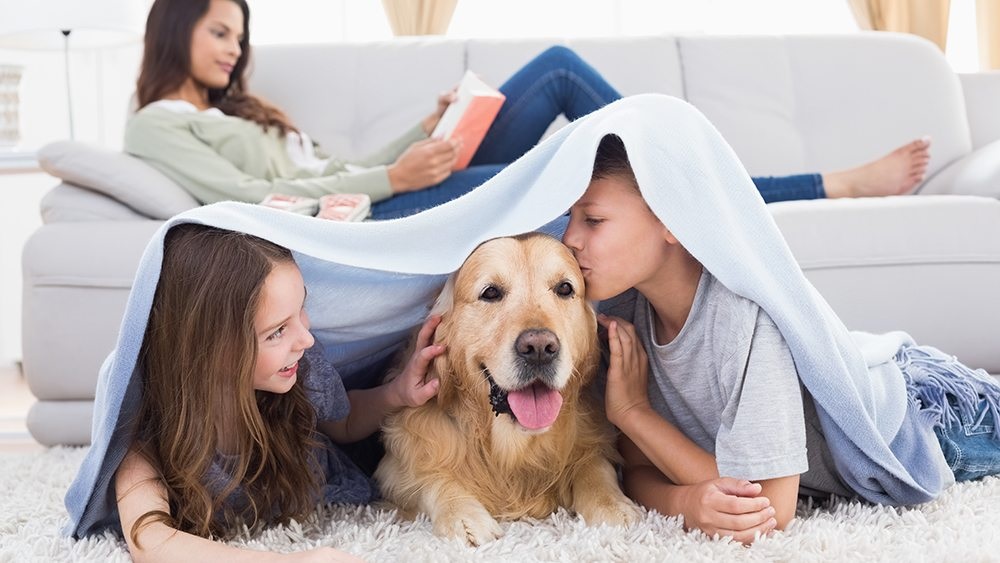Pest control treatments are essential for keeping your home free of unwanted invaders, but for pet owners, ensuring the safety of furry family members is equally important. Pets are more vulnerable to chemical exposure due to their size and natural behaviors like licking, sniffing, and close contact with treated areas. Fortunately, with proper precautions, you can effectively balance pest control with a safe environment for your pets.
This article offers guidance on preparing your home for pest control and maintaining a pet-safe environment during and after the treatment.
Understanding the Risks for Pets
Pets are more sensitive to chemicals used in pest control treatments. Their proximity to floors, baseboards, and other treated areas increases the likelihood of exposure. Depending on the type of pest control products used, exposure could cause mild irritation, digestive issues, or more severe reactions like difficulty breathing or lethargy.
Understanding the specific risks associated with your pest control service helps you take the necessary steps to protect your pets.
Before the Treatment: Preparing Your Home
Preparation is key to ensuring your pets remain safe throughout the pest control process. Here’s how you can get your home ready:
- Relocate Pets Temporarily: Arrange for your pets to stay with a friend, at a pet boarding facility, or in an untreated part of the home that can be sealed off from the treated areas.
- Secure Pet Supplies: Remove or cover pet food bowls, bedding, toys, and litter boxes to prevent contamination. Store these items in a clean, safe space away from treatment zones.
- Notify the Technician: Inform your pest control provider about the types of pets in your household so they can adjust their approach accordingly. They may use pet-safe treatments or provide additional precautions specific to your needs.
- Vacuum and Clean: Thoroughly clean floors, carpets, and baseboards before the treatment to remove crumbs, debris, or pest attractants that could interfere with the effectiveness of the service.
During the Treatment: Keeping Pets Out
Most pest control treatments require your pets to remain out of the home or treated areas temporarily. The specific timeframe will depend on the type of treatment used. Technicians typically recommend keeping pets away for at least 2-4 hours, though fumigation or heavy-duty treatments may require longer.
For added safety, consider allowing a buffer time before reintroducing your pets to the treated areas. This ensures the products have dried or settled completely, minimizing the risk of exposure.
Post-Treatment: Ensuring a Pet-Safe Environment
Once the pest control service is complete, take the following steps to create a safe and comfortable space for your pets:
- Wait Before Reintroducing Pets: A common question pet owners have is, how long after spraying pesticides is it safe for pets? While waiting 2-4 hours is often sufficient for basic treatments, some products may require up to 24 hours for complete drying. Always follow the technician’s specific recommendations for re-entry to ensure your pets’ safety.
- Ventilate Treated Areas: Open windows and doors to improve airflow and reduce lingering odors or fumes from the treatment. Use fans or your home’s HVAC system to expedite the process.
- Clean Appropriately: Avoid deep cleaning treated surfaces for at least a week, as this could diminish the effectiveness of the pest control products. However, wipe down pet-accessible areas like feeding stations and bedding spaces with a damp cloth to remove any potential residue.
- Inspect Treated Areas: Look for any visible residues or dead pests that could be harmful if ingested by pets. Safely dispose of these materials using gloves and a sealed trash bag.
Tips for Minimizing Pet Exposure to Pests and Chemicals
Beyond post-treatment care, taking proactive measures to prevent pests can reduce the need for frequent pest control services, minimizing your pet’s exposure to chemicals:
- Seal Entry Points: Check your home for cracks, gaps, and other openings where pests might enter, and seal them with caulk or weather stripping.
- Store Food Properly: Keep pet food in airtight containers and clean up spills immediately to prevent attracting pests.
- Maintain a Clean Environment: Regularly vacuum, mop, and wipe down surfaces to eliminate crumbs, hair, and other debris that may attract pests.
- Monitor Your Yard: If your pets spend time outside, keep the yard tidy by mowing the lawn, removing standing water, and trimming overgrown shrubs to deter outdoor pests.
Recognizing Signs of Pet Exposure
Despite your best efforts, accidents can happen. It’s important to recognize signs that your pet may have been exposed to pest control chemicals. Symptoms to watch for include:
- Excessive drooling or pawing at the mouth.
- Vomiting, diarrhea, or loss of appetite.
- Difficulty breathing or lethargy.
- Skin irritation or redness.
If you suspect your pet has been exposed, contact your veterinarian immediately and provide details about the pest control treatment used.
Working with Professionals to Ensure Safety
A trustworthy pest control provider understands the importance of your pets’ safety and will work with you to address any concerns. Don’t hesitate to ask questions about the products used, waiting times, or specific precautions for your household. Some providers also offer pet-friendly treatment options that minimize chemical risks while effectively targeting pests.
Peace of Mind for Pet Owners
Pest control is a vital part of maintaining a healthy home, but it doesn’t have to come at the expense of your pets’ well-being. By taking the right precautions before, during, and after treatment, you can ensure a safe environment where your pets can thrive.
Through careful preparation and ongoing vigilance, you’ll not only keep pests at bay but also protect the health and happiness of your entire family—including your four-legged members. A pet-safe home is a pest-free home, and with the right strategies, achieving both is entirely possible.


